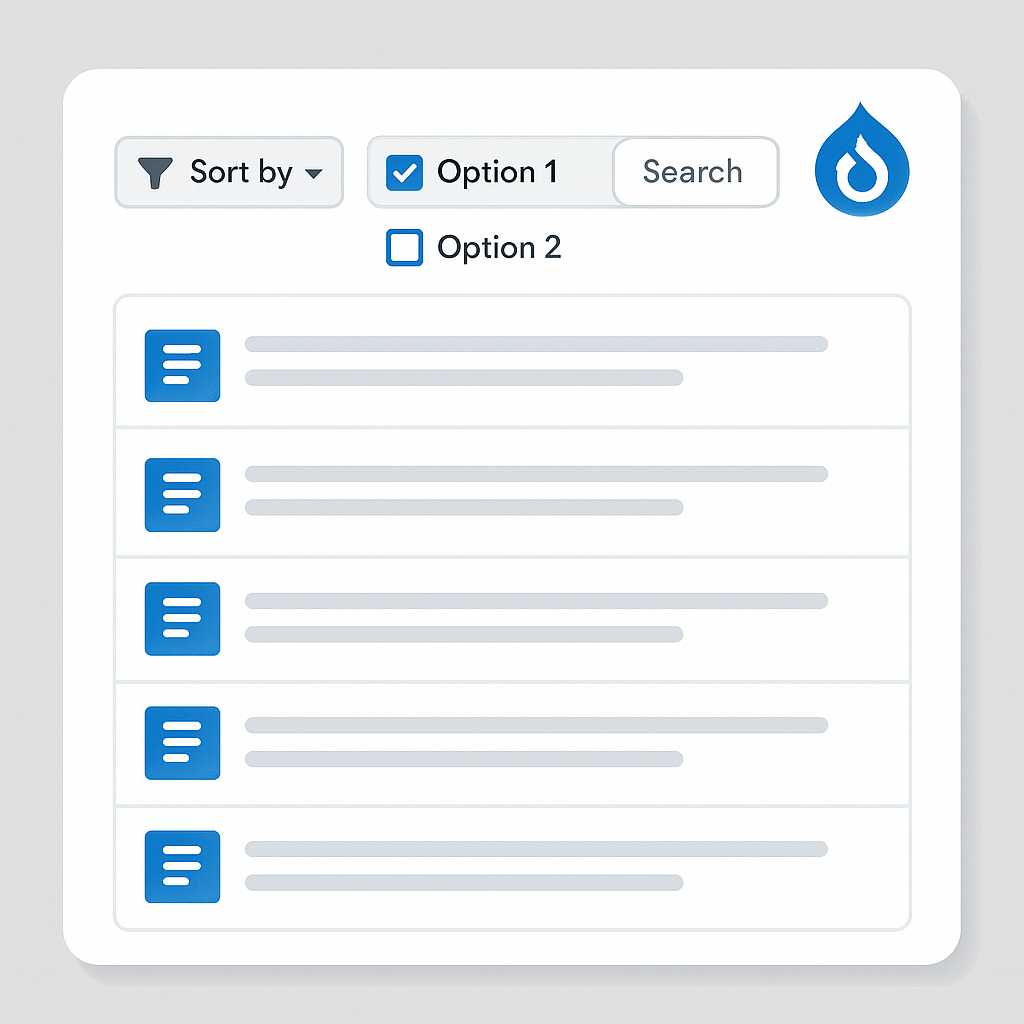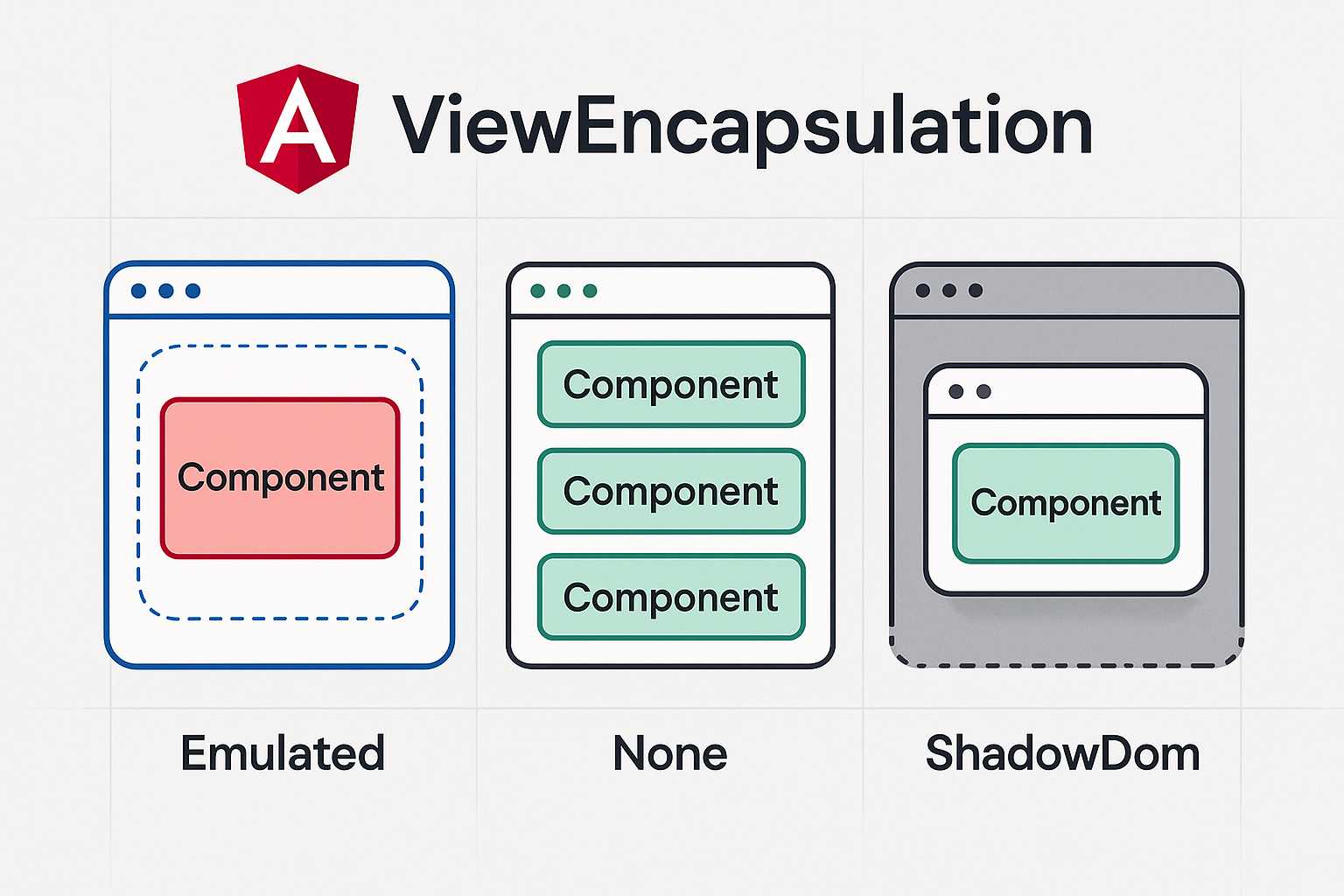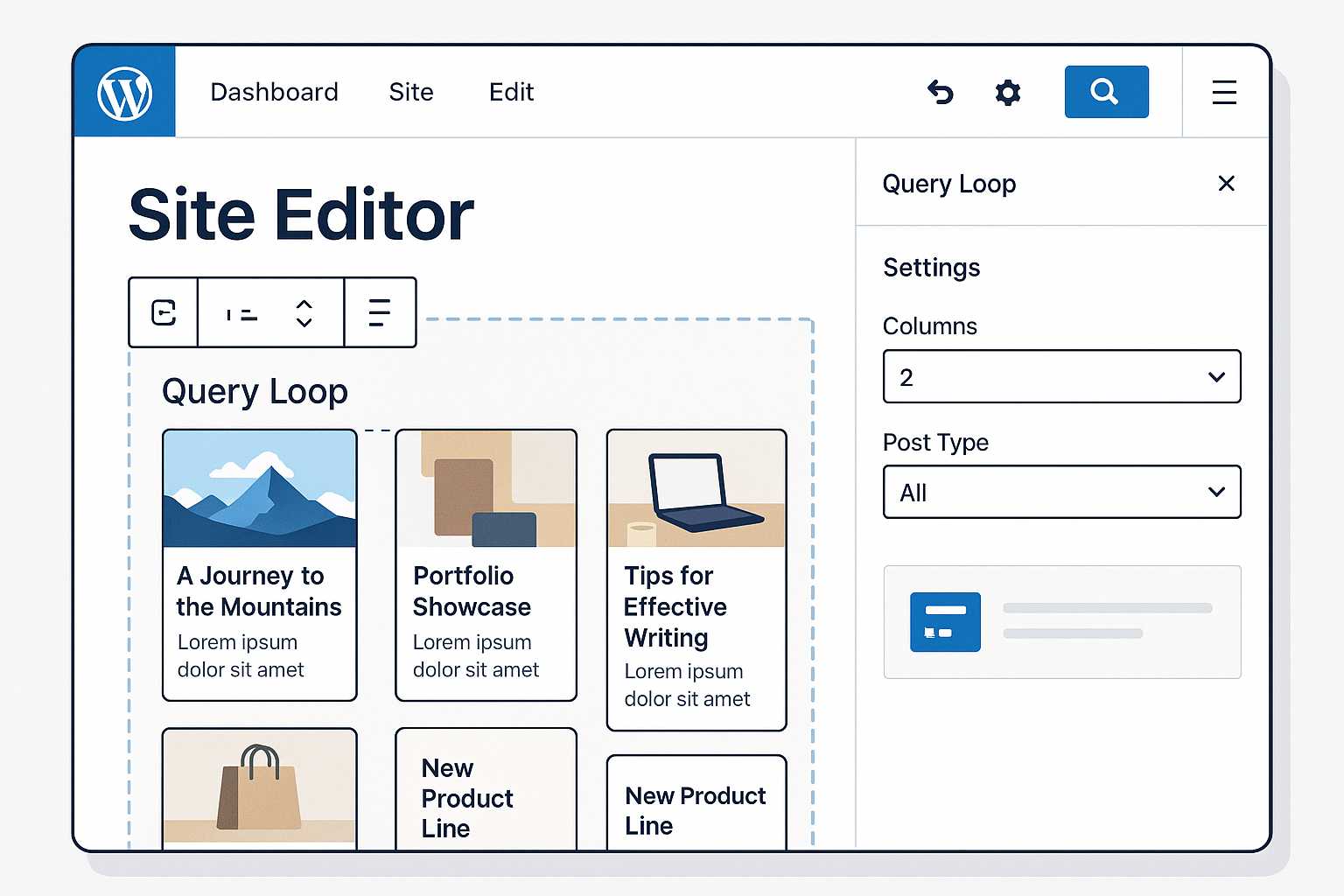Tag: UI/UX
-

Harnessing Drupal’s Views Exposed Filters for Better User Experiences
As a Drupal web developer, I’m always looking for ways to empower site editors and end-users to get the most out of their sites. One underutilized but incredibly powerful tool in Drupal is Views Exposed Filters. They let visitors filter displayed content to quickly find exactly what they’re looking for. In this article, I’ll share…
-

Understanding Web Content Accessibility Guidelines (WCAG): Making the Web Inclusive
The internet is a critical resource in many aspects of life—education, employment, government, commerce, healthcare, and more. To ensure that everyone, including people with disabilities, can access and use web content, the Web Content Accessibility Guidelines (WCAG) were developed. Understanding and implementing these guidelines not only makes your website more inclusive but often improves usability…
-

Demystifying ViewEncapsulation in Angular: A Practical Guide
When working with Angular, mastering how styles work can take your application from looking decent to looking polished and robust. A key concept in Angular’s styling system is ViewEncapsulation. Understanding how it functions and when to use each mode can help you avoid common pitfalls and make your styles more maintainable. What is ViewEncapsulation? In…
-

Designing a Multimodal Chatbot User Experience with Material Design and Angular
Last time, we built a foundational Angular chatbot supporting text interaction. Now, let’s dive deeper into the exciting world of multimodal chatbot design—creating conversational AI systems that can handle and present not just text, but also images, video, and even voice. This article explores the unique UI/UX and technical challenges, with an emphasis on Material…
-

Leveraging Query Loops in WordPress Block Themes for Dynamic Content Display
Query Loops are a cornerstone feature in block themes, allowing site creators and developers to dynamically display posts, pages, or custom content directly within the WordPress Site Editor. As more sites migrate toward block-based architectures, understanding how to harness Query Loops has never been more critical for enriching content presentation and improving user engagement. In…
